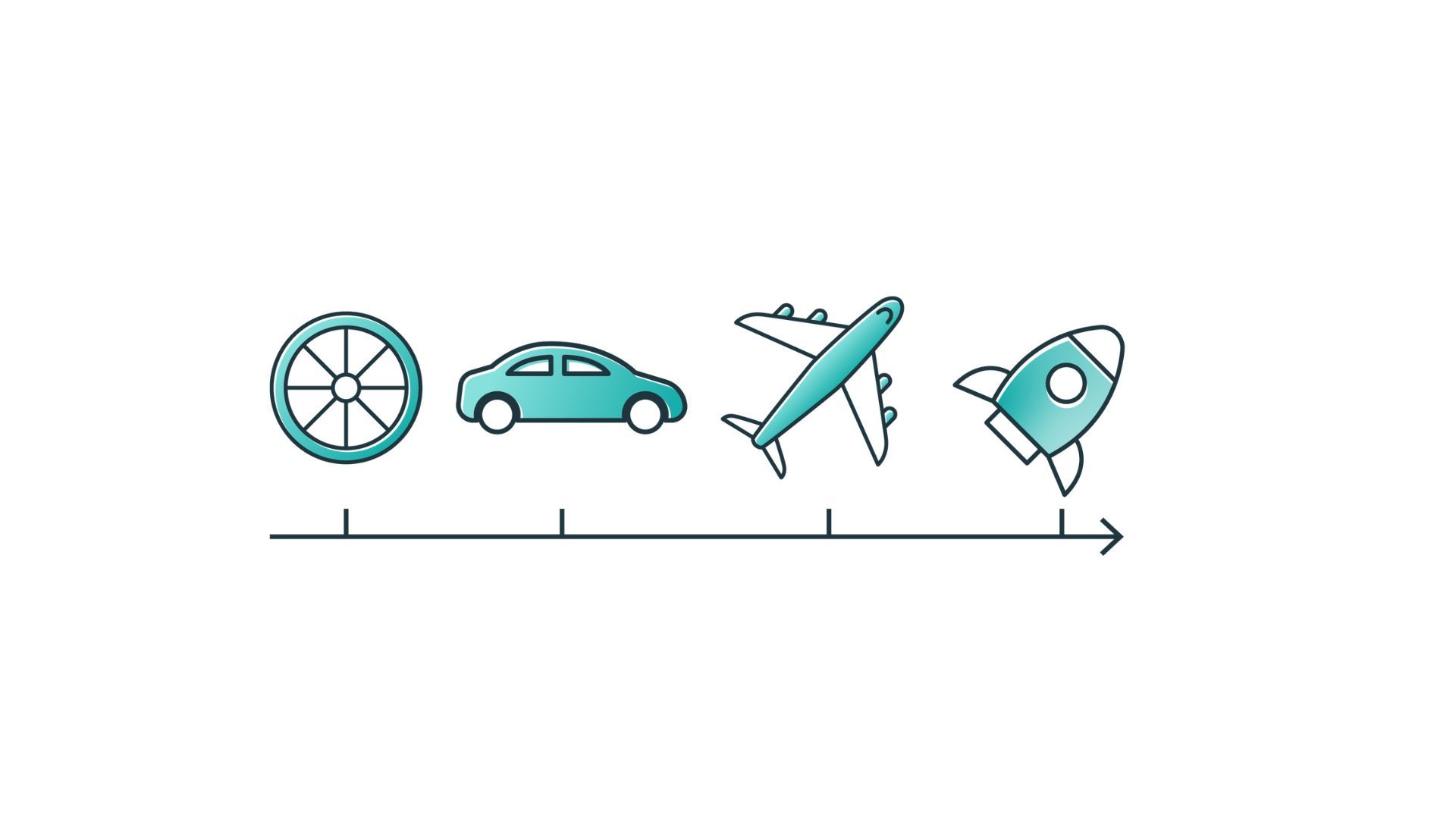Insight 27 July 2025
Adaptive Leadership Systems
Emerging Leadership Patterns

To navigate increasing uncertainty, complexity, and ambiguity, the need for a Dynamic Capabilities Framework that enables organisations to “sense, seize, and reconfigure resources ”(Teece, 2007) is emerging as a key leadership priority.
The Strategic Resilience Framework
Empirically validated across 71 peer-reviewed studies, the framework establishes six dynamic capabilities as foundational to organisational resilience (Joussen et al., 2025)
Identity Alignment
The Visual Identity Leadership Scale (VILS) utilises overlapping circles to assess the degree to which leader behaviours align with team identity (Steffens et al., 2024).
ENGAGE
This foundational layer informs the formation of strategic alliances and partnerships to integrate knowledge through boundary-spanning networks
Language Patterns
Analysis of team communication for collective identity markers such as how often people say "we" versus "I," and whether shared values appear naturally in conversations rather than just formal presentations (van Dick et al., 2018).
ANTICIPATE
Market intelligence generation and risk-sensing capabilities to enable preparedness and scenario planning
Behavioural Consistency
Observation of whether actual decision-making processes reflect stated values, particularly during stress or conflict when true priorities become visible (Steffens et al., 2014).
COPE
Corporate ambidexterity that entails balancing exploration and realisation through the orchestration of rapid response and performance consistency
TRANSFORM
Strategic business model alignment and resource reconfiguration, including integration of organisational learning to drive continuous adaptation
SUSTAIN
Supply chain recovery and operational stability maintenance to provide performance consistency during environmental turbulence
GROW
Opportunity creation beyond conventional industry boundaries, including the ability to move fast in navigating disruption
Emerging Patterns
Pattern 1: Organisations systematically integrate all six capabilities rather than developing them sequentially
Pattern 2: Social capital mediates the effectiveness of dynamic capability, facilitating organisational learning through adversity
Pattern 3: Continuous sensing-seizing-reconfiguring cycles enable sustained performance and resilience
Architecture for uncertainty, therefore, enhances strategic agility, stakeholder resilience, and long-term performance by directing organisational capabilities toward thriving amid disruption.
Joussen, T.P., et al. (2025). Enabling Strategic Change Toward Resilience. Strategic Change, 34, 373-405.
Joussen, T.P., et al. (2025). Enabling Strategic Change Toward Resilience. Strategic Change, 34, 373-405.
Teece, D.J. (2007). Explicating Dynamic Capabilities. Strategic Management Journal, 28, 1319-1350.
Cultural Stability
Longitudinal tracking of cultural norms including persistence during transitions, challenges, and growth phases rather than fragmenting under pressure (van Dick et al., 2021).
Measurement Frequency
Studies across multiple countries demonstrate that brief, frequent assessments are more effective than annual comprehensive reviews for maintaining alignment (Matthews et al., 2022). Why? Because identity leadership requires constant calibration between approach and team needs. With this real real-time adjustment organisations are reporting improved leadership development outcomes and more effective succession planning (van Dick et al., 2018, 2021).
Matthews, R. A., et al. (2022). Journal of Business and Psychology, 37, 639-673.
Matthews, R. A., et al. (2022). Journal of Business and Psychology, 37, 639-673.
Steffens, N. K., et al. (2014). The Leadership Quarterly, 25(5), 1001-1024.
Steffens, N. K., et al. (2024). British Journal of Social Psychology, 63, 1658-1680.
van Dick, R., et al. (2018). Journal of Occupational and Organisational Psychology, 91(4), 697-728.
van Dick, R., et al. (2021). International Journal of Environmental Research and Public Health, 18(22), 12081.
Further Reading
Copyright © 2025 Potenture
Don't miss your chance to join The Purposeful Life


Seven Core Capabilities Guide Available Now!

